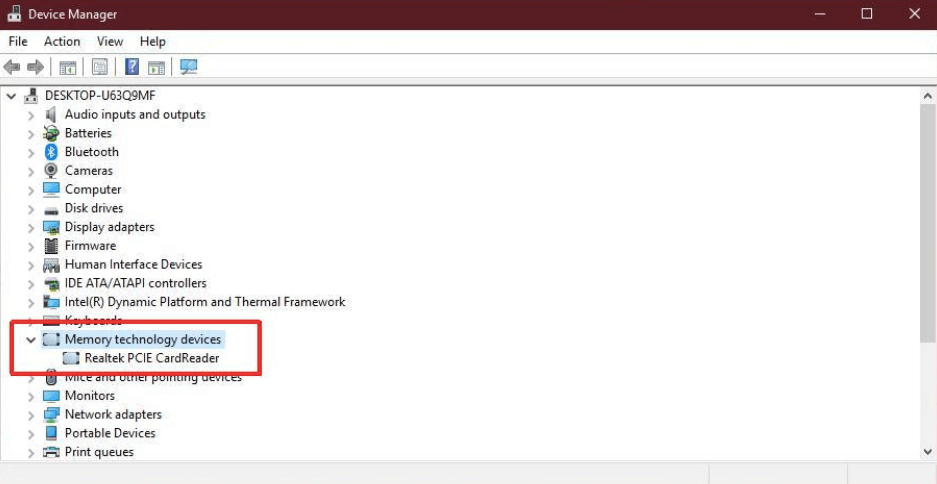
SD CARD SLOT NOT WORKING WINDOWS 8 KEYGEN

Mobile phones are widely used across the world, so smart cards have become very common.Įuropay MasterCard Visa (EMV)-compliant cards and equipment are widespread with the deployment led by European countries. Since the 1990s, smart cards have been the subscriber identity modules (SIMs) used in GSM mobile-phone equipment. Private electronic purse systems have also been deployed such as the Marines corps (USMC) at Parris Island allowing small amount payments at the cafeteria. They have been common in Germany ( Geldkarte), Austria ( Quick Wertkarte), Belgium ( Proton), France ( Moneo ), the Netherlands ( Chipknip Chipper (decommissioned in 2015)), Switzerland ("Cash"), Norway (" Mondex"), Spain ("Monedero 4B"), Sweden ("Cash", decommissioned in 2004), Finland ("Avant"), UK ("Mondex"), Denmark ("Danmønt") and Portugal ("Porta-moedas Multibanco"). They entered European service in the mid-1990s.

Smart-card-based " electronic purse" systems store funds on the card, so that readers do not need network connectivity. Only very limited transactions (such as paying small highway tolls) are processed without a PIN. Customers inserted the card into the merchant's point-of-sale (POS) terminal, then typed the personal identification number (PIN), before the transaction was accepted. Carte bleue Īfter the Télécarte, microchips were integrated into all French Carte Bleue debit cards in 1992. The first mass use of the cards was as a telephone card for payment in French payphones, starting in 1983. In 2008, Dexa Systems spun off from Schlumberger and acquired Enterprise Security Services business, which included the smart-card solutions division responsible for deploying the first large-scale smart-card management systems based on public key infrastructure (PKI).

In 2006, Axalto and Gemplus, at the time the world's top two smart-card manufacturers, merged and became Gemalto. In 2001, Bull sold its CP8 division together with its patents to Schlumberger, who subsequently combined its own internal smart card department and CP8 to create Axalto. At that time, Bull had 1,200 patents related to smart cards. Three years later, Motorola used this patent in its "CP8". In 1977, Michel Ugon from Honeywell Bull invented the first microprocessor smart card with two chips: one microprocessor and one memory, and in 1978, he patented the self-programmable one-chip microcomputer (SPOM) that defines the necessary architecture to program the chip. In 1976, Jürgen Dethloff introduced the known element (called "the secret") to identify gate user as of USP 4105156. In 1974 Roland Moreno patented a secured memory card later dubbed the "smart card". The following year, Paul Castrucci of IBM filed an American patent titled "Information Card" in May 1971. Independently, Kunitaka Arimura of the Arimura Technology Institute in Japan developed a similar idea of incorporating an integrated circuit onto a plastic card, and filed a smart card patent in March 1970. In September 1968, Helmut Gröttrup, together with Dethloff as an investor, filed further patents for this identification switch, first in Austria and in 1969 as subsequent applications in the United States, Great Britain, West Germany and other countries. Its primary use was intended to provide individual copy-protected keys for releasing the tapping process at unmanned gas stations. In February 1967, Gröttrup filed the patent DE1574074 in West Germany for a tamper-proof identification switch based on a semiconductor device. The idea of incorporating an integrated circuit chip onto a plastic card was first introduced by two German engineers in the late 1960s, Helmut Gröttrup and Jürgen Dethloff. 1.6.16 Oberthur Technologies, now Idemiaįirst smart card manufactured by Giesecke & Devrient in 1979, already with the finally standardized dimension (ID-1) and a contact area with eight pads (initially on the upper left corner).As of 2015, 10.5 billion smart card IC chips are manufactured annually, including 5.44 billion SIM card IC chips. The universal integrated circuit card, or SIM card, is also a type of smart card. Numerous nations have deployed smart cards throughout their populations. Smart cards may provide strong security authentication for single sign-on (SSO) within organizations. Applications include identification, financial, mobile phones (SIM), public transit, computer security, schools, and healthcare. Smart cards can provide personal identification, authentication, data storage, and application processing. Others are contactless, and some are both. Many smart cards include a pattern of metal contacts to electrically connect to the internal chip. It is typically a plastic credit card-sized card with an embedded integrated circuit (IC) chip. A smart card, chip card, or integrated circuit card ( ICC or IC card) is a physical electronic authorization device, used to control access to a resource.


 0 kommentar(er)
0 kommentar(er)
